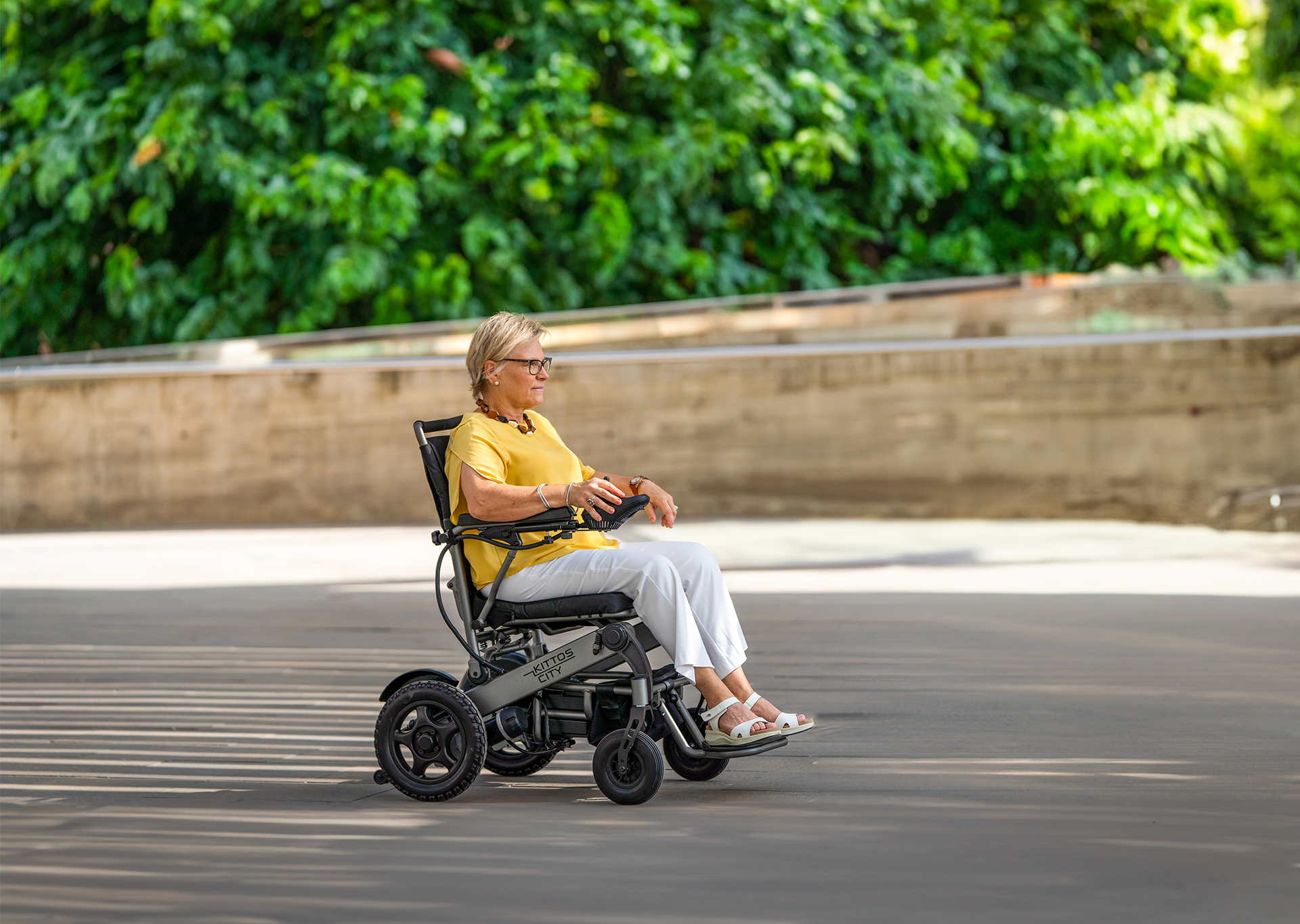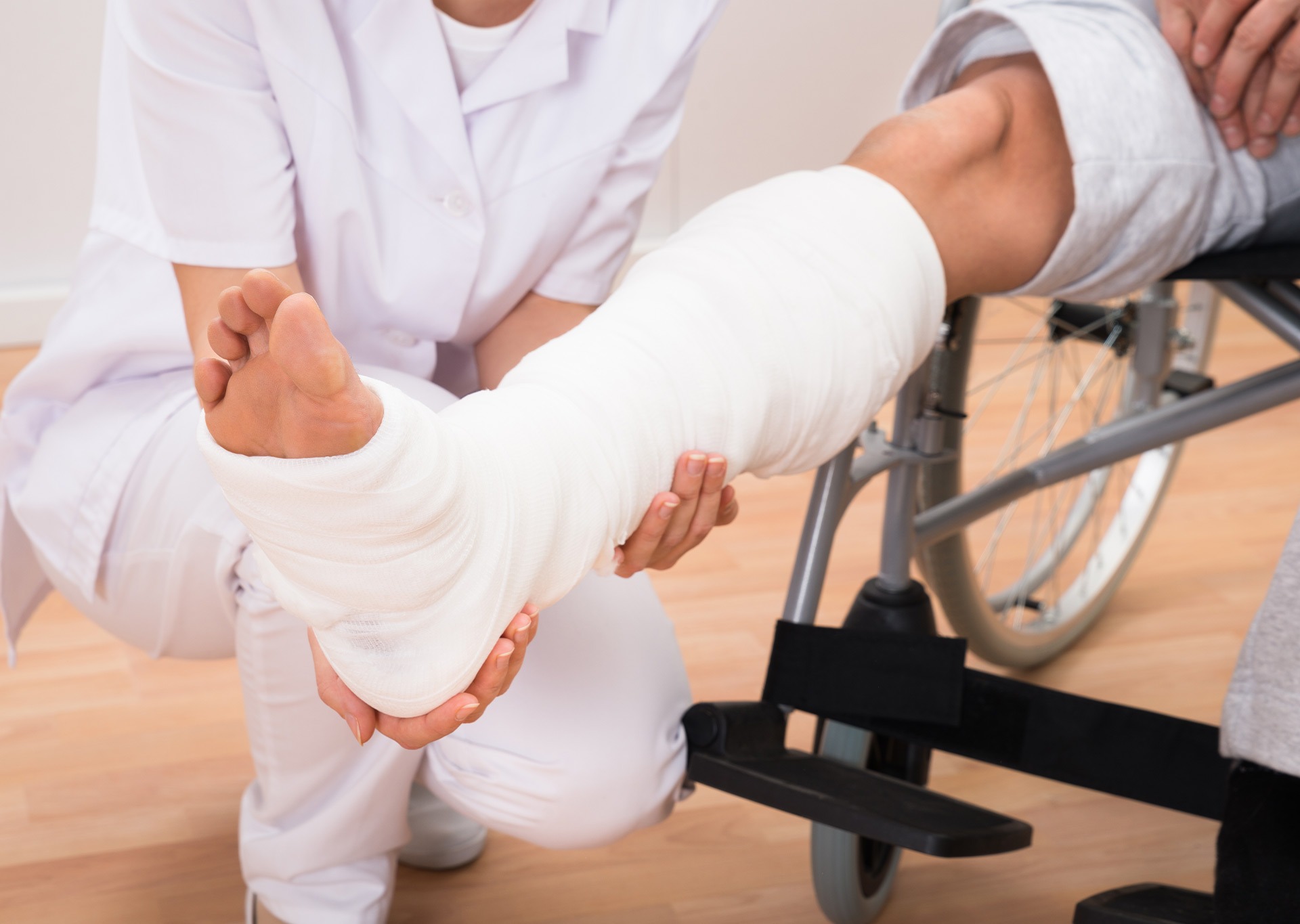
Mobility in public spaces: challenges and solutions
Mobility in public spaces is an essential aspect to ensure inclusion and quality of life for all people, especially those with reduced mobility. However, architectural barriers such as stairs, sidewalks without ramps, narrow doors and lack of adapted accesses represent significant challenges that limit the ability to move safely and independently, especially for people with reduced mobility.
Although urban design has evolved, problems such as the absence of adequate ramps, the lack of elevators in public transport stations and the scarcity of accessible signage still persist. These limitations not only make daily travel difficult, but also increase the risk of falls and injuries, seriously affecting personal autonomy and contributing to social exclusion. Often, these difficulties result in social exclusion and a decrease in personal independence, which underlines the importance of addressing these problems as a priority.
In this article, we will explore these issues in depth, analysing their impact and proposing practical solutions that help build more accessible and inclusive environments for all.
Specialized mobility aids
In this context, the use of specialized mobility aids becomes absolutely indispensable. Devices such as rollators, electric wheelchairs, ergonomic canes and electric scooters are essential to overcome many of these physical barriers and improve the independence of people with reduced mobility. These aids not only make getting around easier, but also provide a crucial level of safety by reducing the risk of falls, trips and other accidents.
In addition, thanks to their modern, ergonomic designs, these tools can be customized to suit the specific needs of each user, thus offering a perfect combination of comfort, functionality and well-being. These types of solutions also help to boost users’ confidence and self-sufficiency in their daily lives.
Devices such as the Kittos City electric wheelchair have become essential allies for those who face mobility barriers. This electric wheelchair stands out for its innovative, lightweight and foldable design, which makes it an ideal option for moving in urban spaces. Its ease of transport, long battery life and customization options offer users a reliable and versatile solution. In addition, its compact size allows it to be used in confined environments, such as elevators and narrow hallways, eliminating many of the difficulties associated with mobility in urban areas. These features position the Kittos City as an indispensable tool for those seeking to maintain their independence in a world with significant physical barriers.
The urban planning
To complement these aids, it is essential to take a comprehensive approach to urban planning and infrastructure improvement. Implementing ramps with regulatory slopes, installing handrails in steeply sloped areas, building rest areas equipped with ergonomic seating, and creating accessible spaces in places of public interest are key measures to build environments that are truly inclusive. In addition, modern technology can play a crucial role in this area: accessible navigation applications, traffic lights with audible signals and interactive maps designed for people with reduced mobility are just some of the tools that facilitate a safer and smoother experience in public spaces.
The power of education and social awareness
Accessibility is not limited to the design of physical spaces; it also implies a cultural change that can only be achieved through education and social awareness. Many of the barriers faced by people with reduced mobility are not only architectural, but also attitudinal, derived from the lack of knowledge or empathy towards their needs.
Promoting awareness campaigns is essential for society to understand the importance of accessibility as a human right, not as a privilege. These initiatives can focus on educating about the positive impact that inclusive environments have on the quality of life, not only of people with disabilities, but of the entire community.
Conclusions: Towards a more accessible and inclusive society
In short, collaboration between local governments, companies specialized in mobility aids, urban planners and society in general is essential to overcome architectural barriers and promote accessibility. To achieve this, it is crucial to implement public policies that promote inclusive design in urban planning, ensuring that spaces are accessible to all from their conception. In addition, advanced technologies, such as adaptive navigation applications and smart mobility devices, play a fundamental role in complementing an inclusive physical environment.
By bringing together the aspects discussed above, it is possible to contribute to the general well-being of all people, regardless of their abilities, thus reinforcing personal autonomy and active participation in the community. Working towards a more accessible society is not only a desirable goal, but a shared responsibility that benefits everyone.








